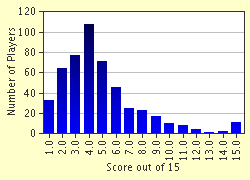

The Global Economic Power Index reflects three dimensions of economic power, and the Global Financial Centres Index ranks cities according to their strength as a financial center.The Global Top 500 Cities report ranks cities by brand value.The Global Giants classification includes wealthy, extremely large metropolitan areas that are hubs for financial markets and major corporations.The Global City Competitiveness Index ranks cities according to their demonstrated ability to attract capital, businesses, talent, and visitors.The Global Cities Index ranks cities based on 27 metrics across five dimensions: business activity, human capital, information exchange, cultural experience, and political engagement.The Globalization and World Cities Research Network (GaWC) identifies three levels of global cities and several sub-ranks based on connectivity through four "advanced producer services": accountancy, advertising, banking/finance, and law.Global city rankings are numerous, with one study suggesting as many as 300 global cities worldwide.

The term "global city" was popularized by sociologist Saskia Sassen in her 1991 book, The Global City: New York, London, Tokyo.The most prominent global cities include New York City, London, Paris, and Tokyo.Criteria for global cities include high urban development, large population, major multinational companies, globalized financial sector, well-developed transportation infrastructure, local or national economic dominance, high-quality educational and research institutions, and globally influential output.Global cities serve as primary nodes in the global economic network, with varying degrees of influence over finance, trade, and culture worldwide.Global Cities: Key Characteristics and Rankings


 0 kommentar(er)
0 kommentar(er)
